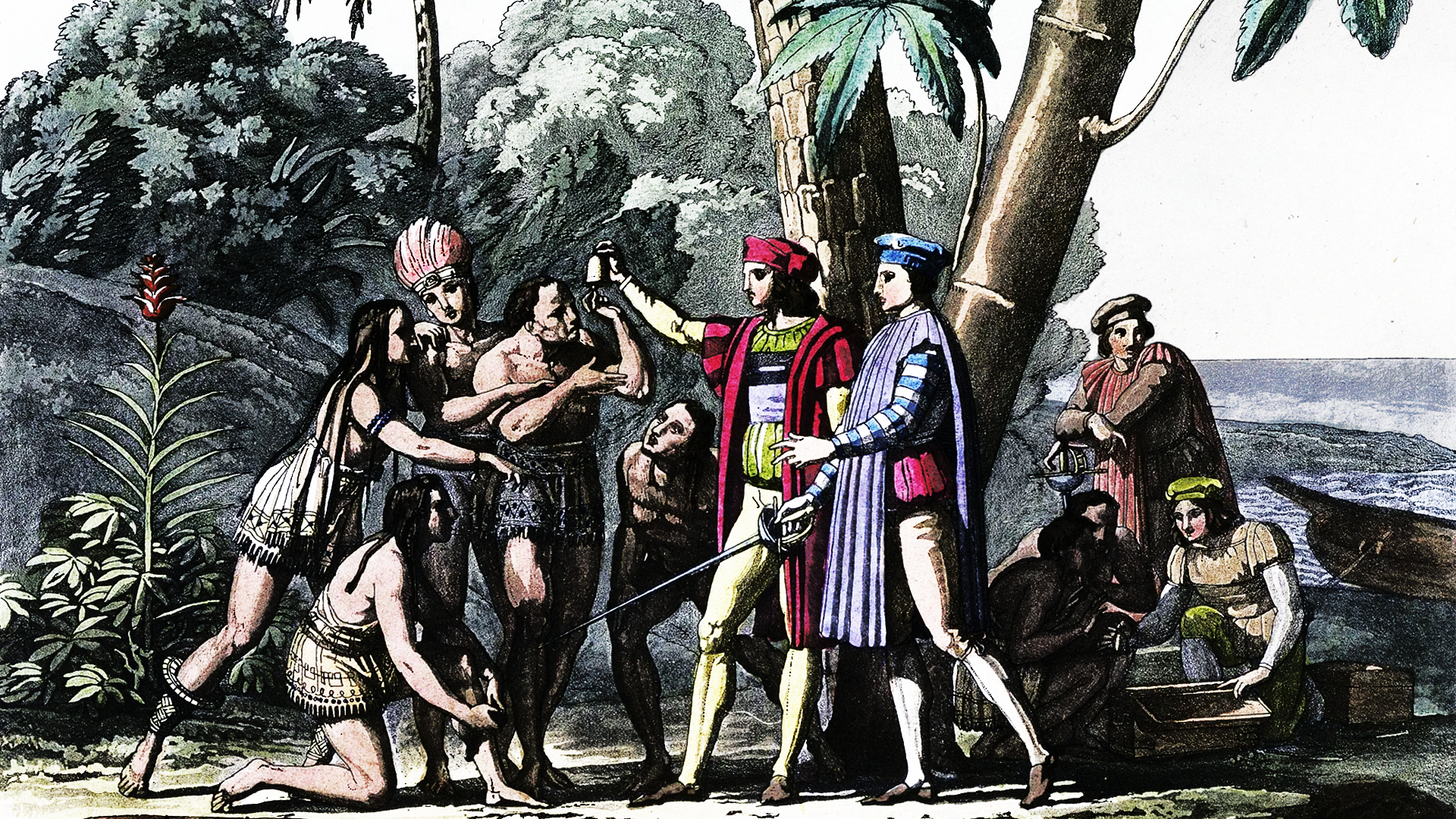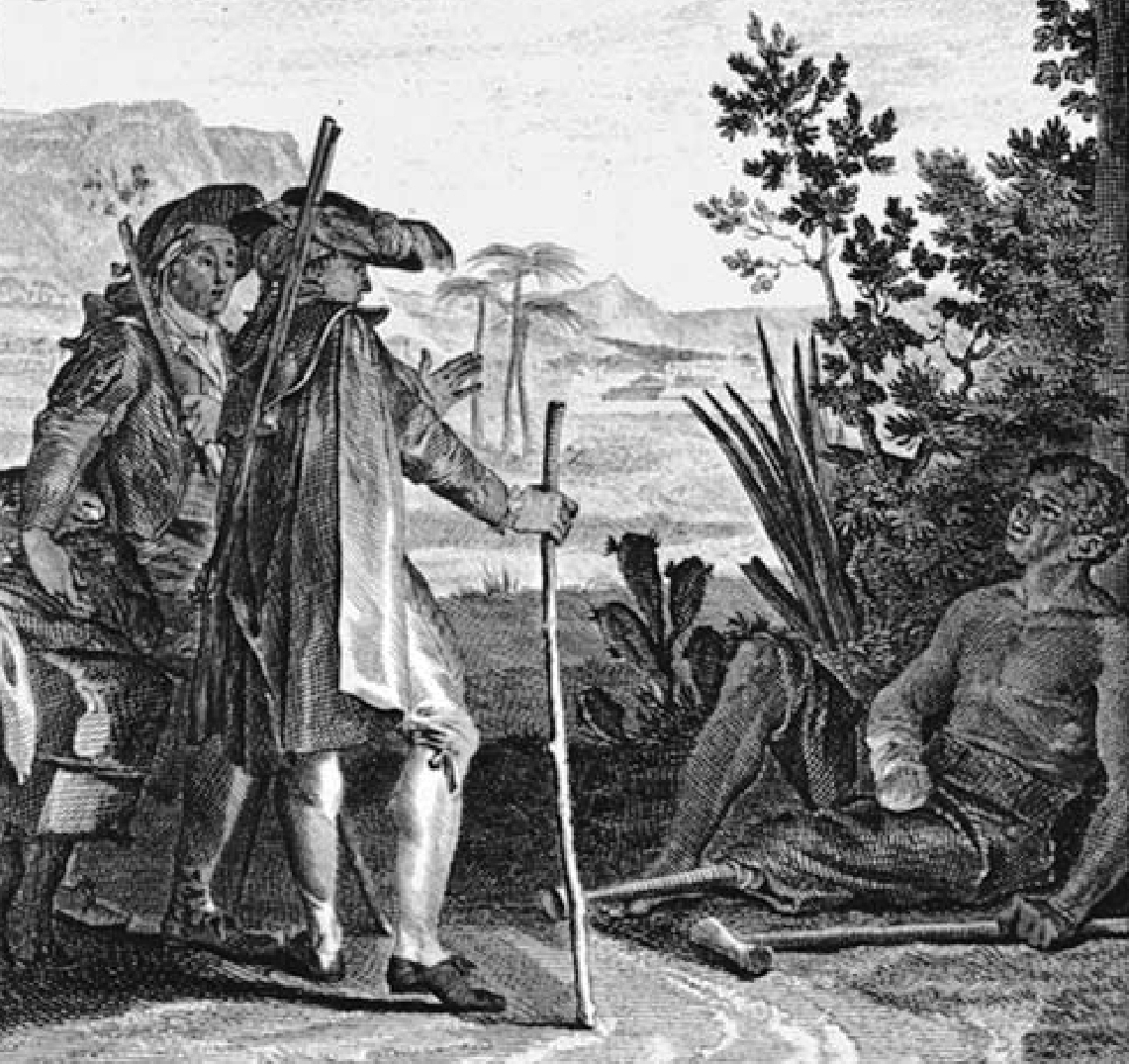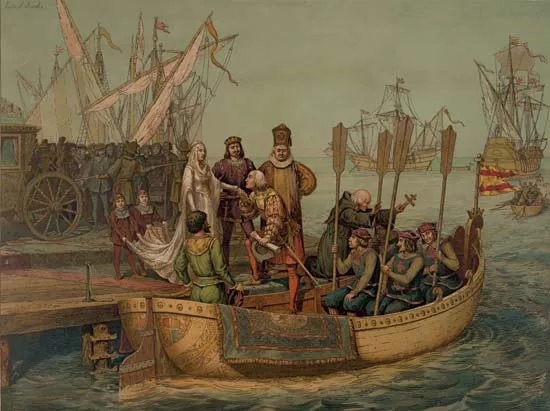The Columbian Exchange: When Worlds Collided

The Columbian Exchange refers to the massive transfer of plants, animals, people, pathogens, and ideas between the Eastern and Western Hemispheres after Christopher Columbus’s voyages in 1492.
The Dive
In 1492, Christopher Columbus sailed the ocean blue—and unknowingly set off one of the greatest ecological and cultural upheavals in human history. The Columbian Exchange was the massive transfer of plants, animals, diseases, people, and ideas between the Old World (Europe, Africa, and Asia) and the New World (the Americas).
This exchange introduced previously unknown crops to Europe, such as potatoes, maize (corn), tomatoes, and cacao. These foods transformed global diets and fueled population growth—especially in Europe, China, and parts of Africa. Without them, the modern food system wouldn't exist.
But the Exchange wasn't just about food. Europeans brought wheat, rice, sugarcane, bananas, and livestock—including pigs, cattle, sheep, and horses—to the Americas. Some of these animals escaped and became feral, dramatically altering American ecosystems. Horses revolutionized life on the Great Plains, turning many Indigenous Nations into powerful equestrian societies.
The most devastating import to the Americas wasn’t a plant or an animal—it was disease. Smallpox, measles, influenza, and typhus wiped out up to 90% of the Indigenous population across the Americas. This demographic collapse is one of the largest in human history, rivaling the Black Death in scale but often erased from public memory.
This loss of life created a brutal vacuum in the labor market. European powers filled it with the Trans-Atlantic Slave Trade—kidnapping and transporting over 12 million Africans to work in colonies from Brazil to the Carolinas. Many of the cash crops fueling European economies—sugar, tobacco, cotton—depended on enslaved labor.
Mercantilist empires used this exchange to build wealth and consolidate power. Colonies existed to supply raw materials and serve as markets for manufactured goods. Profits drove expansion. Commodities like silver, coffee, cacao, and chicha were extracted, commodified, and consumed on a global scale—often at the expense of local cultures and environments.
And while diseases devastated the Americas, one may have traveled the other way: syphilis. Though the origin is debated, records suggest it first appeared in Europe shortly after Columbus’ first voyage. Meanwhile, New World crops like cassava, peanuts, and sweet potatoes became dietary staples in Africa and Asia, adapting to local conditions and transforming agricultural patterns.
The Columbian Exchange didn’t end with Columbus—it continues today. Global shipping, travel, and trade still spread species, pathogens, and products across borders. From zebra mussels in the Great Lakes to feral pigs in North Carolina, the biological legacy of 1492 is still unfolding.
Why It Matters
The Columbian Exchange was more than a swap of foods and goods—it was a total restructuring of global life. It fueled capitalism, colonization, and genocide. It connected continents but decimated cultures. Understanding it helps us see how ecological change, economic systems, and historical power imbalances are still shaping our world today.
?
What were the ecological consequences of the Columbian Exchange for the Americas and Europe?
How did the Columbian Exchange contribute to the rise of capitalism and global empires?
What role did disease play in shaping the outcomes of colonization?
How do we continue to experience the consequences of the Columbian Exchange today?
In what ways did the Columbian Exchange reshape Indigenous societies—and how did they resist or adapt?
Dig Deeper
Crash Course explores how the Columbian Exchange reshaped diets, economies, and ecosystems worldwide—while causing devastating losses in the Americas.
A look at the scientific consequences of global biological exchange, including plants, animals, and disease vectors.
Related

European Exploration of the Americas
When European explorers set sail across the Atlantic, they weren’t just chasing trade routes—they were rewriting the world’s future. But discovery for some meant devastation for others.

The Encomienda System: Empire, Labor, and the Roots of Colonial Slavery
The encomienda system promised 'protection' and Christianization. What it delivered was forced labor, cultural erasure, and the blueprint for slavery in the Americas.

The 13 Colonies: Seeds of a New Nation
How did thirteen scattered colonies along the Atlantic coast grow into the foundation of a new nation?
Further Reading
Stay curious!

